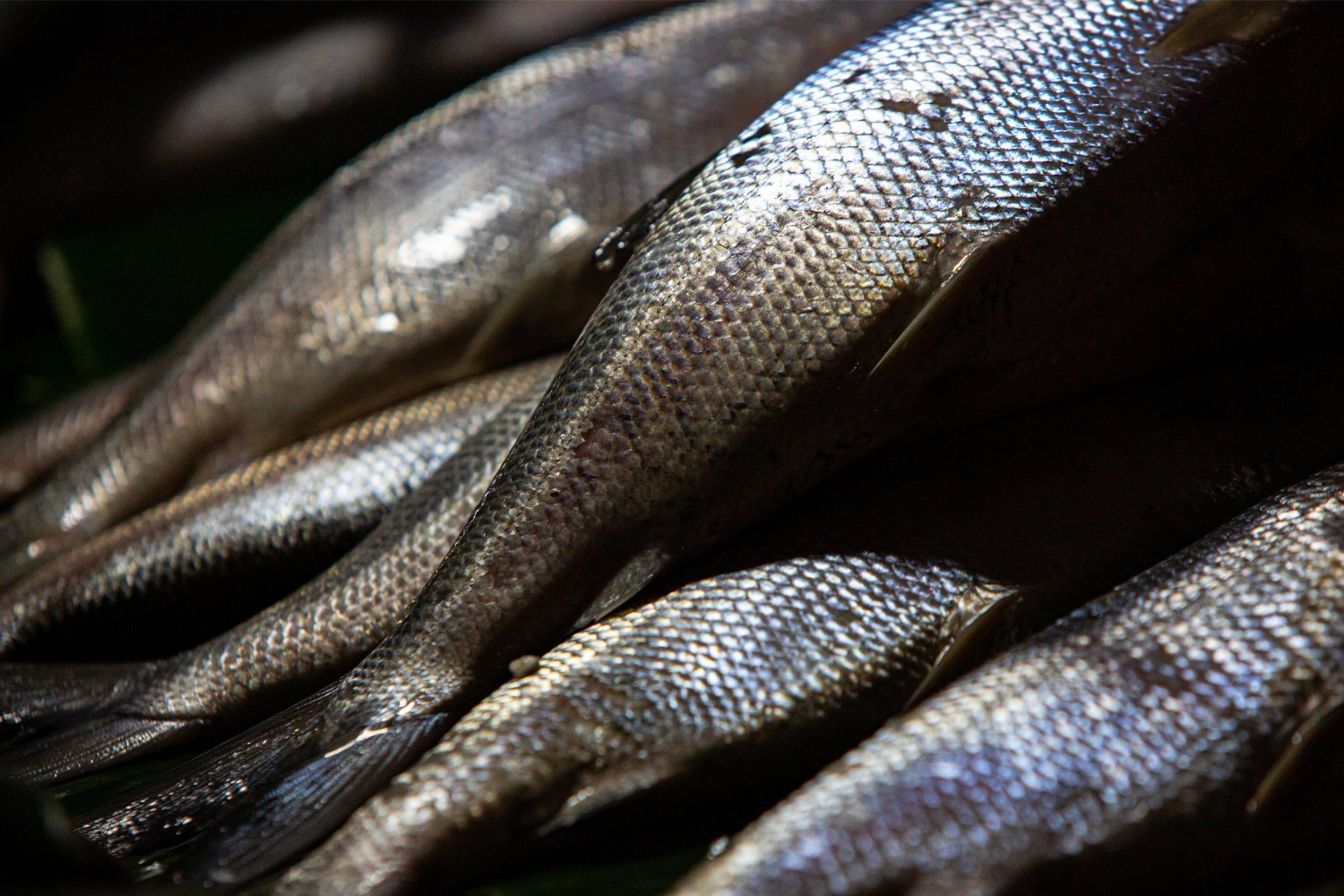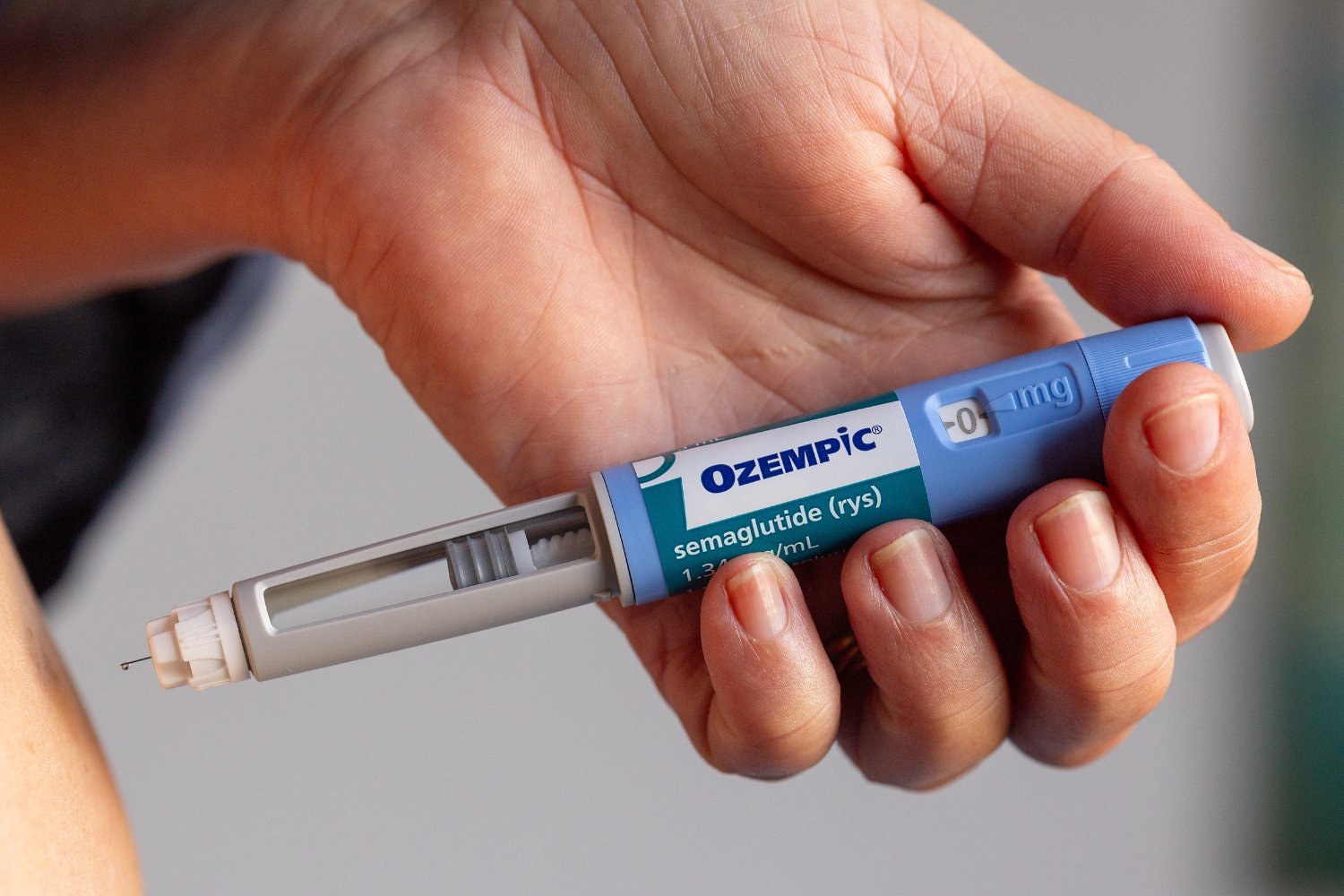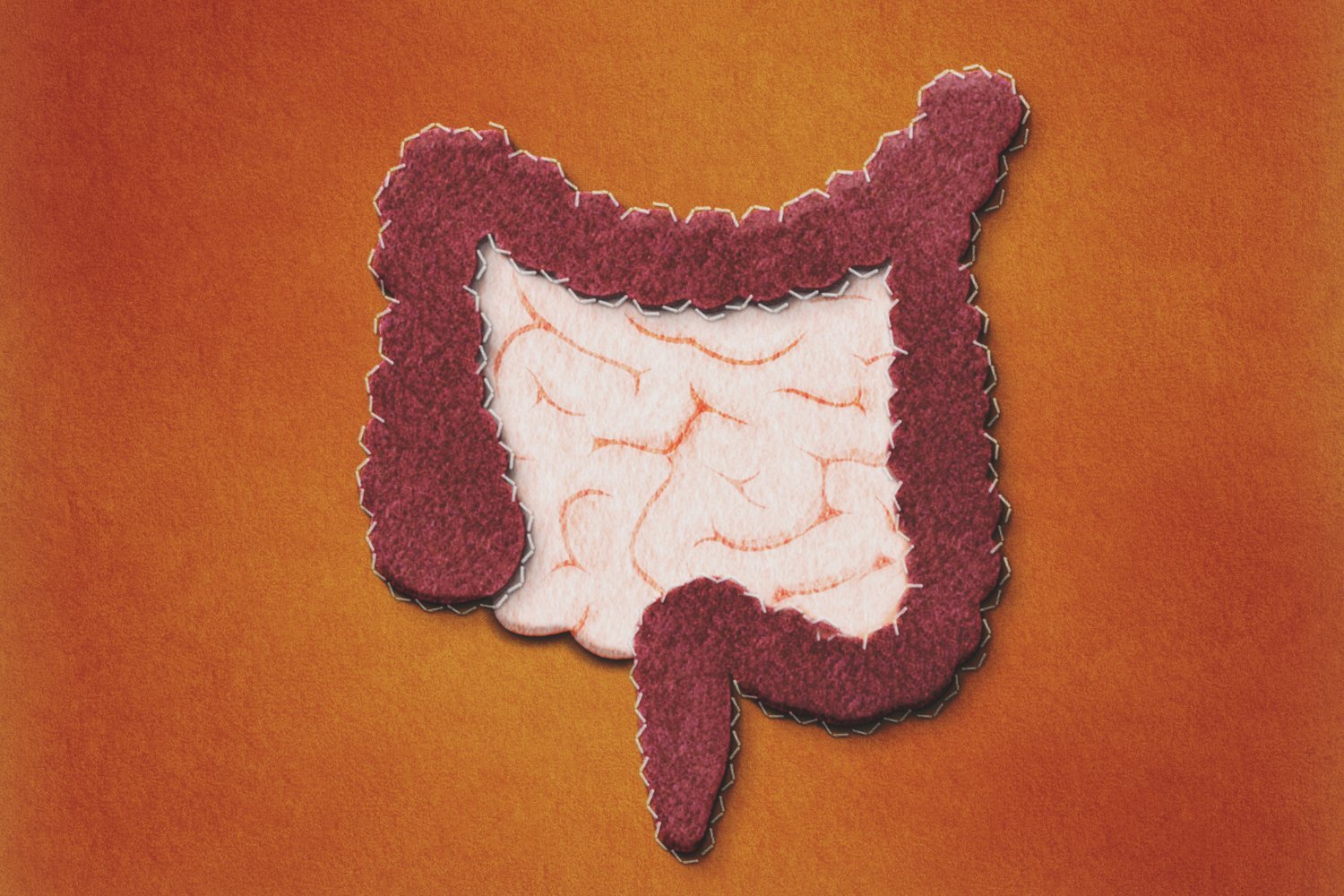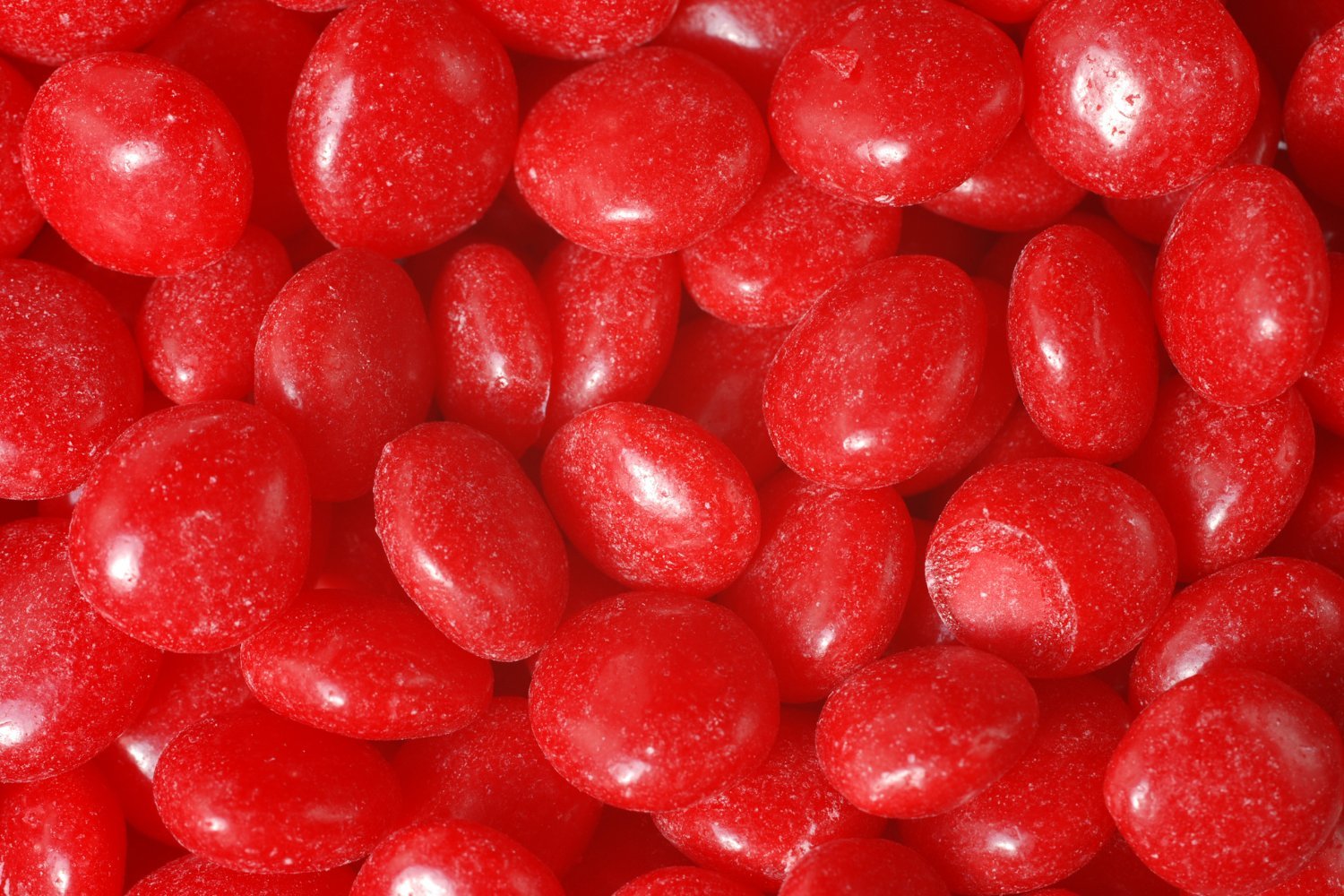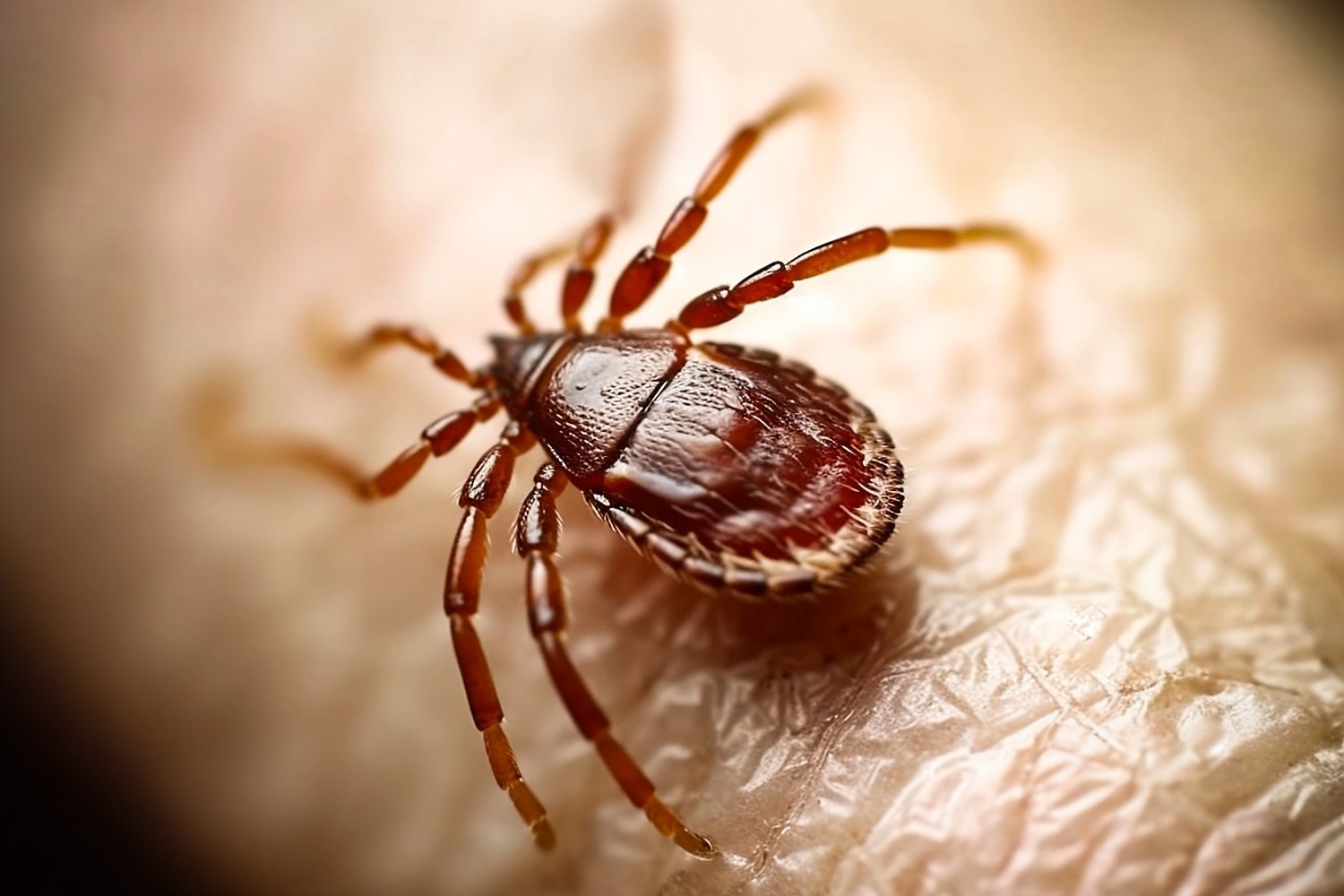Fish skin may hold the key to revolutionizing burn and wound care. New research suggests that a wider variety of fish skins than previously thought could be effective wound dressings. A study from Ateneo de Manila University in the Philippines investigated the potential of milkfish skin as a base for skin grafts, finding it comparable to tilapia skin, a current frontrunner in fish-skin graft research. This discovery could provide a cost-effective and environmentally friendly treatment option for serious wounds, particularly in resource-limited regions.
Why Fish Skin?
Scientists have been exploring fish skin as a potential skin graft material for both humans and animals for several years. Compared to traditional animal skin grafts, fish skin offers several advantages. It exhibits greater resistance to viral contamination and may promote faster wound healing. Fish skin also lacks the α-Gal antigen, reducing the risk of rejection. Several fish skin graft products are currently under development and have even been deployed in emergency situations, such as the 2023 California wildfires.
Tilapia vs. Milkfish: A New Contender Emerges
Currently, tilapia is the most commonly used fish for skin grafts. The Ateneo de Manila researchers sought to determine if milkfish, a widely consumed fish in the Philippines known locally as “bangus,” could also be a viable option for wound care.
 Milkfish and Tilapia Skin SamplesTilapia (top) and milkfish (bottom) skin samples immersed in a silver nanoparticle solution for sterilization. © Bianca Patrice Go/Ateneo de Manila University
Milkfish and Tilapia Skin SamplesTilapia (top) and milkfish (bottom) skin samples immersed in a silver nanoparticle solution for sterilization. © Bianca Patrice Go/Ateneo de Manila University
The researchers obtained fresh milkfish and tilapia skins from a local market in Metro Manila. They descaled, rinsed, and cut the skins into strips. Some strips were treated with silver nanoparticles, a common antimicrobial agent, while others served as untreated controls.
Promising Results and Sustainable Solutions
Microscopic analysis revealed that milkfish skin maintained its collagen structure as effectively as tilapia skin. The silver nanoparticle-treated milkfish skin also demonstrated comparable antibacterial and antifungal properties.
The research team published their findings in BIO Web of Conferences late last year. They concluded that milkfish skin, after effective sterilization, could be used similarly to tilapia skin, offering an innovative, cost-effective, and sustainable wound-healing solution.
Addressing Resource Limitations and Reducing Waste
In many regions, milkfish skin is discarded as waste. Utilizing this byproduct for wound dressings could benefit hospitals with limited resources while simultaneously reducing environmental waste. While further research is necessary to fully validate the efficacy of milkfish skin grafts, the initial findings are promising.
A Potential Game-Changer for Underserved Areas
The researchers believe this discovery could significantly improve wound care in underserved areas with limited access to advanced medical facilities. This innovative approach could lead to better patient outcomes in regions where traditional medical resources are scarce. Other researchers are also exploring the potential of different fish species, such as cod, for skin graft applications.
Conclusion
The potential of fish skin, particularly milkfish skin, as a viable wound dressing material represents a significant advancement in burn and wound care. This sustainable and cost-effective solution could transform treatment options in underserved areas and improve patient outcomes globally. While further research is necessary, the future of wound care may indeed be fishy, in the best way possible.



